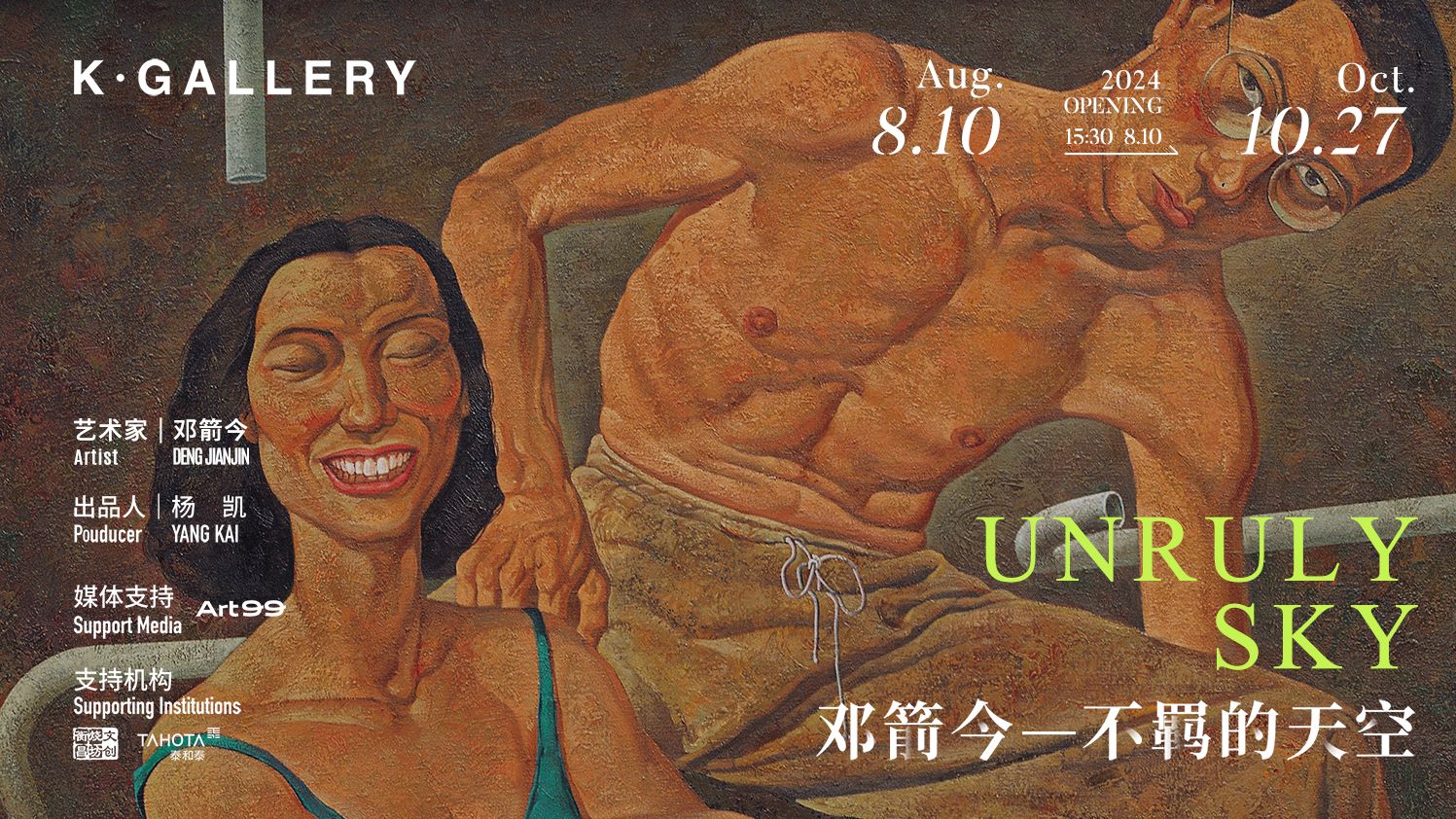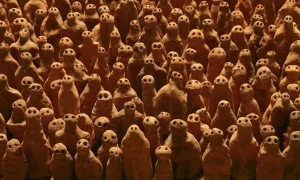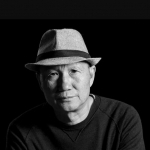图为此次苏富比拍卖冠军Diego Rivera的作品Niña con Rebozo (1935)
困于市场衰退的流沙中,拍卖行估价缩水并不可避免的需要作出市场调整。这些敏感并缩水的了价格的形成精确的地反映了市场状态,并将最终催化市场的恢复。然而在这一直接的努力中,市场的每一个环节都服从于新的观察和透明性,从而揭示市场变化的迹象,这些迹象对有些人来说是可能好消息,对于另一些人却有可能是噩耗。
而拉美艺术市场正处于这种仔细的观察状态之中。纽约拉美艺术品拍卖于上周三由苏富比首先开始,此次夜场拍卖共收入674万美元,未达到预计值750万—1010万。56件拍品中的42件找到了买家,拍品卖出率75\\\\\\\\%,价值率66\\\\\\\\%。第二天晚上,佳士得在其夜场拍卖中收入1110多万美元,因微小的差距而未达到拍前预估的1120万—1680万美元。63件拍品中的43件找到了买家,拍品卖出率68\\\\\\\\%,价值率77\\\\\\\\%。
这些数字都不显眼,但抛开这些微弱的总额,我们仍可以从这两场拍卖中看到希望。六位艺术家在苏富比拍夜场中创造了拍卖纪录,其中Édouard-Henri-Théophile Pingret的Procesión de la Virgen以27.85万美元卖给了一为墨西哥收藏家,它的原先估价为150—20万美元。
同时,苏富比此次拍卖的冠军为Diego Rivera,他的画作Niña con Rebozo (1935)突破了其最高估价350—45万美元,达到79.45万美元。他的这副作品描绘了一个披着长披肩女孩,这是艺术家一生所探索的主题。
这次拍卖的总额因为墨西哥超现实主义艺术家Leonora Carrington估价在120万——160万的作品Chiki, ton pays (1944)未被卖出而暗淡无光。而这一作品在2002伦敦苏富比拍卖中以将近60万美元的价格卖出。
但是,这一一场拍卖的低总额仍然具有一定的欺骗性,在其卖出的56件拍品中,有一半以上以超出其最高估价的价格卖出,证明了竞拍者对艺术品质量的追求。
周四佳士得的夜场拍卖因拉美现代主义的成功而成功。拍前估价最高的三间拍品都属于现代主义范畴,这三件拍品都找到了买家。Mario Carreño的作品Fuego en el batey (1943)创下了本场最高价,达到218.81万美元,其之前估价为100—200万美元。这一古巴现代主义作品曾被收藏于纽约达半个多世纪之久,因此对于市场来说是非常新鲜的。
但不得不承认的是,两场拍卖会的结果跟去年五月份的好成绩比起来还是相差甚远。苏富比此次收入连去年的三分之一都不到,而佳士得此次收入也只是去年的41.3\\\\\\\\%。
但是同去年11月的拉美拍卖会相比,两家拍卖行在拍卖品拍出率和价值率方面都有进步。拍出率方面,苏富比今年75\\\\\\\\%,去年57\\\\\\\\%,佳士得今年68\\\\\\\\%,去年65\\\\\\\\%;价值率方面,苏富比今年66\\\\\\\\%。去年65\\\\\\\\%,佳士得今年77\\\\\\\\%,去年45\\\\\\\\%。
“我觉得这两场拍卖反映了真实的市场情况,”如今是艺术商人的前苏富比拉美部总监Isabella Hutchinson说道,“买家根据艺术品的价值作出反应,质量好的艺术品总是卖得很好,这两场拍卖会也不例外。”
通过将高质量艺术品和务实价格相结合,苏富比和佳士得开启了拉美艺术品市场的恢复进程。
(来源:ARTINFO网站,点击阅读原文)
【编辑:Julia】
Latin American Sales See a Corrección
By Adam Green
NEW YORK—Stuck in the quicksand of the art market downturn, auction houses are shrinking estimates and consequently embracing the inevitable market correction. The establishment of these more sensible, curtailed price levels accurately reflects the state of the market and will ultimately catalyze the recovery process. However, during this forthright effort, each market segment is also subject to new scrutiny and transparency, revealing promising signs for some and bleaker prospects for others.
The Latin American art market is somewhere in the middle of this spectrum. New York’s Latin American sales kicked off on Wednesday of this week at Sotheby’s, with an evening sale that earned $6,740,000, missing the pre-sale estimate of $7.5-10.1 million. Forty-two of the 56 works found buyers, for sold rates of 75 percent by lot and 66 percent by value. The next night, Christie’s respective sale brought in $11,004,350, falling just shy of its pre-sale estimate of $11.2–16.8 million. Forty-three of the 63 lots were bought for sold rates of 68 percent by lot and 77 percent by value.
The numbers aren’t great, but despite the meager totals, there are positives to be taken away from both sales. At Sotheby’s, six artists set auction records, led by Édouard-Henri-Théophile Pingret’s Procesión de la Virgen, which sold for $278,500 (est. $150–200,000) to a Mexican collector.
Meanwhile, honors for the top-selling lot at Sotheby’s belonged to Diego Rivera, whose Niña con Rebozo (1935) smashed its upper estimate, achieving $794,500 (est. $350–450,000). The work portrays a child, a motif Rivera explored throughout his career, wrapped in a full-length shawl.
The sale’s overall numbers were considerably tarnished, however, by the failure of the top-estimated lot, Mexican-based Surrealist painter Leonora Carrington’s Chiki, ton pays (1944) (est. $1.2–1.6 million), to sell. Desperately waiting on a wavering telephone bidder, auctioneer August Uribe reluctantly asked the salesman, “Sí o no?” The answer was no. The work had previously sold at Sotheby’s London in 2002 for $595,338.
But still, the evening’s low overall sales numbers are a bit deceiving. Half of the 56 lots earned prices in excess of their high estimate, proving that although bidders are sitting out some lots, there is still strong demand for quality.
Christie’s evening sale on Thursday, meanwhile, was bolstered by the success of Latin American modernism: The three top-estimated lots all belong to this category, and all found buyers. Mario Carreño’s Fuego en el batey (1943) set the pace, selling for $2,188,100 (est. $1–2 million) and earning the evening’s top sum. The Cuban modernist masterpiece was extremely fresh to the market, having been in the Ward Collection in Baldwin, New York, for more than half a century.
Five artists featured in the sale recorded record prices, most notably Leonora Carrington, who just an evening earlier was showcased as the top lot artist in Sotheby’s sale. Although that work was bought in, she redeemed herself at Christie’s when her piece The Giantess (also known as The Guardian of the Egg) (circa 1947) sold for $1,482,500 (est. $800,000–1.2 million), more than doubling her previous auction high. It was the first time Carrington had surpassed the $1 million mark. After the sale, Virgilio Garza, head of Latin American art at Christie’s, called the record price “long overdue recognition” for the artist, now 92.
Of course, both sales results are painfully small compared with the glory days of last May. Sotheby’s earned less than a third of its 2008 sum of $21.1 million (though with 56 lots, versus last year’s 77). And Christie’s auction brought in just 41.3 percent of its previous $26.6 million total (with 63 lots, compared with last year's 80).
Compared with last November’s Latin American sales, though, both houses did better in terms of both sales rate by lot (Sotheby’s: 75 versus 57 percent; Christie’s: 68 versus 65 percent) and value (Sotheby’s: 66 versus 65 percent; Christie’s: 77 versus 45 percent).
“I think that the auctions reflect a solid market,” Latin American art dealer Isabella Hutchinson, former director of Sotheby’s Latin American department, told ARTINFO. “The buyers respond to what is offered for sale … quality works always sell well, and that has been the case in these sales.” Coupling quality artworks with pragmatic price levels, both houses have officially kicked off the Latin American art market recovery process.
(来源:ARTINFO网站,点击阅读译文)
【编辑:Julia】




























